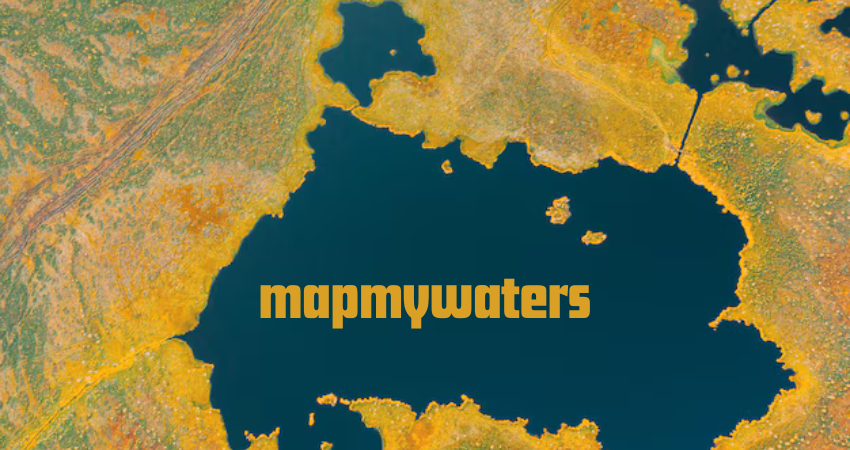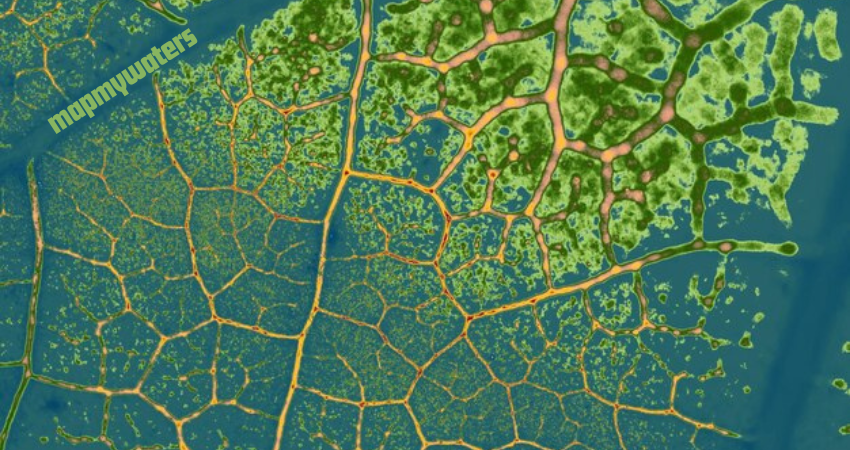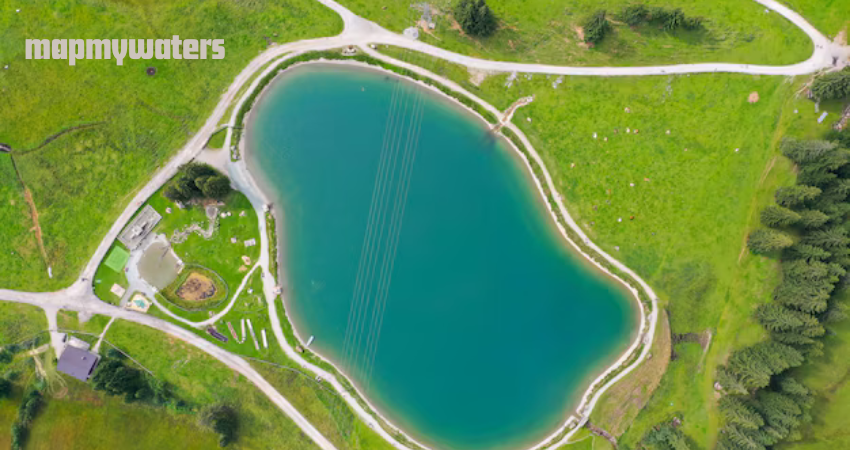In the heart of every wanderer lies an unyielding need to connect—with nature, with their roots, and with the unseen narratives etched upon the surface of the Earth. For centuries, humans have gazed upon rivers, lakes, and oceans, longing to decode their whispers. The history of mapmywaters is more than just a tale of technological triumphs or entrepreneurial milestones. It is a testament to humanity’s yearning to embrace the fluid, untamable essence of water. This story, written in rivulets and tides, flows as seamlessly as the waters it seeks to map.
A World Without Maps: The Call of the Unknown
Imagine a time before digital screens glowed in every palm, before satellites pierced the heavens with their watchful eyes. People traversed vast distances relying on instinct, celestial guidance, and hand-drawn sketches. Rivers and waterways were lifelines, offering sustenance, transportation, and a sense of direction.
Yet, these vital arteries of life were unpredictable. The riverbeds shifted, lakes grew restless in the grip of changing seasons, and coastlines weaved intricate patterns of uncertainty. It was in this vast, unmapped world that the seeds of MapMyWaters were sown—an idea not yet born but destined to transform how we understand our waters.

The Vision is Born: A Seed in the Current
The spark that would ignite the journey of MapMyWaters came from a single soul—an observer of nature who dared to dream beyond the horizon. Born amidst rolling streams and cascading rivers, its creator found early inspiration in the shimmering dance of sunlight on water.
This passion, however, wasn’t just romantic. It was paired with a burning curiosity: how could one truly understand the behavior of these waters? From the smallest brook winding through a forest to the vast, tempestuous oceans, every waterbody seemed to carry secrets locked beneath its ripples.
With advances in cartography, hydrology, and later, digital mapping, the dream began to take form. It was a vision of creating a comprehensive, interactive guide to the world’s waters—a tool for explorers, environmentalists, scientists, and anyone who loved the ebb and flow of water’s story.
The Foundation: Combining Art and Science
The foundation of MapMyWaters was built upon two guiding principles: precision and storytelling. Science, with its meticulous measurements, offered the structure. Art, with its ability to capture the poetry of water, gave it a soul. The initial team of developers, geographers, and water enthusiasts poured their expertise into this project with the fervor of those who believe they are building something eternal.
In its early days, MapMyWaters was rudimentary—a modest platform that cataloged rivers and streams in a few select regions. But even in its infancy, it resonated with users. Adventurers found a compass, researchers found a repository, and dreamers found a new way to connect with the world’s waters.
Breaking the Surface: The First Milestones
The journey of MapMyWaters was far from smooth. Every success was hard-won, every advancement a triumph over technological and financial challenges. The team faced questions that seemed insurmountable:
- How do you gather accurate data for waters that shift and change with the seasons?
- How do you create a platform that is both scientific and emotionally engaging?
- And how do you convince the world of its need to map its waters in this unprecedented way?
The answers came with time, effort, and a commitment to innovation. Partnerships with environmental organizations brought access to vital data. Drone technology and satellite imaging provided unparalleled views of waterways. Meanwhile, the interface of the platform was reimagined, offering users an immersive experience—a journey into the heart of each mapped waterway.
Riding the Digital Wave: The Expansion
As the digital revolution accelerated, so did the reach and capabilities of MapMyWaters. The introduction of mobile applications marked a turning point, bringing the platform to the fingertips of users around the globe. The app wasn’t just a map; it was a gateway to discovery.
With features like:
- Real-time water flow data,
- Weather integration for safer navigation, and
- Community-driven updates,
MapMyWaters became an indispensable tool for adventurers and professionals alike. But it wasn’t just about utility. Users often described their experience as emotional, even spiritual. To see the course of a river you loved mapped in vivid detail, to trace the coastline where your ancestors once lived—it was like holding a piece of the Earth’s soul in your hands.
The Environmental Mission: Waters Under Threat
As the MapMyWaters platform expanded, so too did its responsibility. It became clear that the platform had a role to play in preserving the very waters it sought to map.
Human activity, climate change, and pollution were wreaking havoc on water systems worldwide. Rivers ran dry, lakes shrank, and once-pristine shores became marred by industrial waste. MapMyWaters responded by partnering with environmental organizations and academic institutions.
It wasn’t just about mapping anymore. It was about raising awareness. By offering detailed visualizations of how water systems were changing, MapMyWaters became a powerful advocate for conservation.

The Community: A Tapestry of Water Stories
One of the most remarkable aspects of MapMyWaters is the community it has cultivated. Users from all walks of life contribute to the platform, sharing their discoveries, stories, and insights.
A hiker in the Rockies might upload a photograph of a hidden waterfall, while a marine biologist could share data on coral bleaching in the Pacific. Together, these contributions form a tapestry of water stories—each one a testament to the deep connection between humanity and its waters.
The Technology: Mapping the Unmappable
Behind the poetry of mapmywaters lies cutting-edge technology. From machine learning algorithms that predict water flow patterns to 3D mapping that reveals the underwater topography of lakes and oceans, the platform is constantly evolving.
Perhaps its most ambitious project to date has been the mapping of underground water systems. Using advanced sonar and imaging technology, MapMyWaters.


